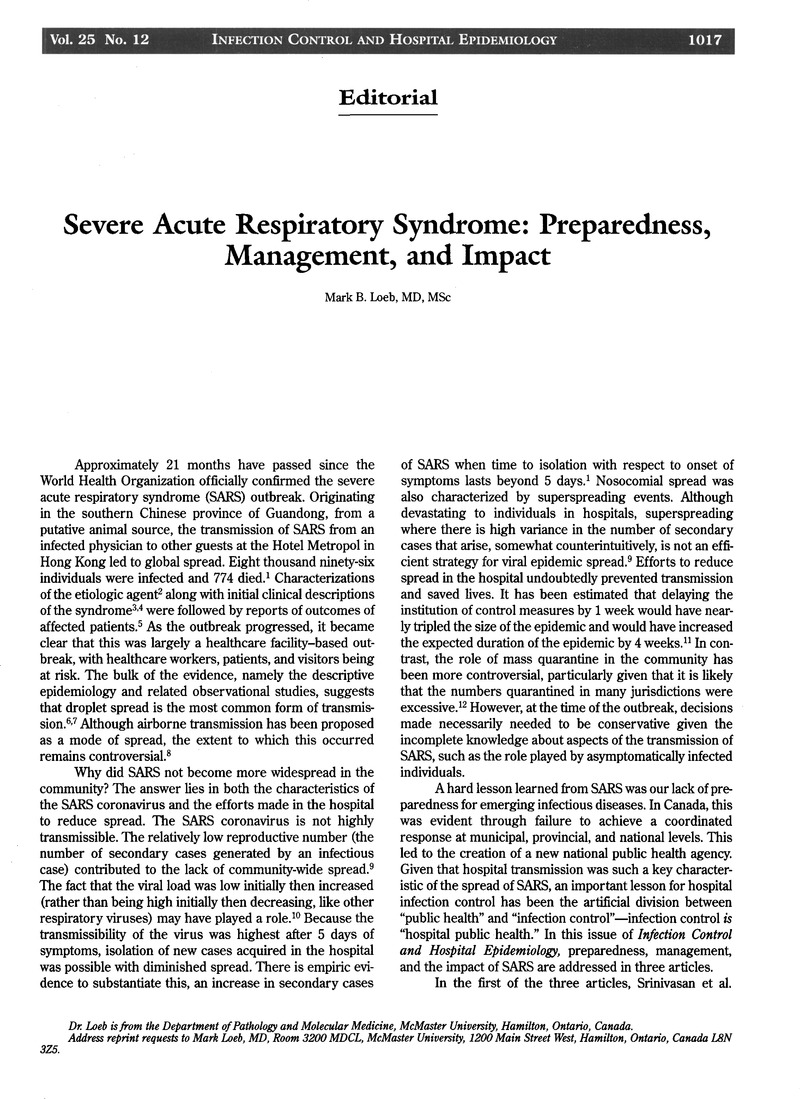Crossref Citations
This article has been cited by the following publications. This list is generated based on data provided by Crossref.
Tai, Dessmon YH
2006.
SARS: How to Manage Future Outbreaks?.
Annals of the Academy of Medicine, Singapore,
Vol. 35,
Issue. 5,
p.
368.
Brouqui, Philippe
Puro, Vincenzo
Fusco, Francesco M
Bannister, Barbara
Schilling, Stephan
Follin, Per
Gottschalk, René
Hemmer, Robert
Maltezou, Helena C
Ott, Kristi
Peleman, Renaat
Perronne, Christian
Sheehan, Gerard
Siikamäki, Heli
Skinhoj, Peter
and
Ippolito, Giuseppe
2009.
Infection control in the management of highly pathogenic infectious diseases: consensus of the European Network of Infectious Disease.
The Lancet Infectious Diseases,
Vol. 9,
Issue. 5,
p.
301.
Brouqui, P.
2009.
Facing highly infectious diseases: new trends and current concepts.
Clinical Microbiology and Infection,
Vol. 15,
Issue. 8,
p.
700.
Kohlhoff, Stephan A.
Crouch, Bindy
Roblin, Patricia M.
Fertel, Baruch
Pruitt, Darrin
Berg, Debra E.
Weedon, Jeremy
Arquilla, Bonnie
and
Augenbraun, Michael
2012.
Evaluation of Hospital Mass Screening and Infection Control Practices in a Pandemic Influenza Full-Scale Exercise.
Disaster Medicine and Public Health Preparedness,
Vol. 6,
Issue. 4,
p.
378.



